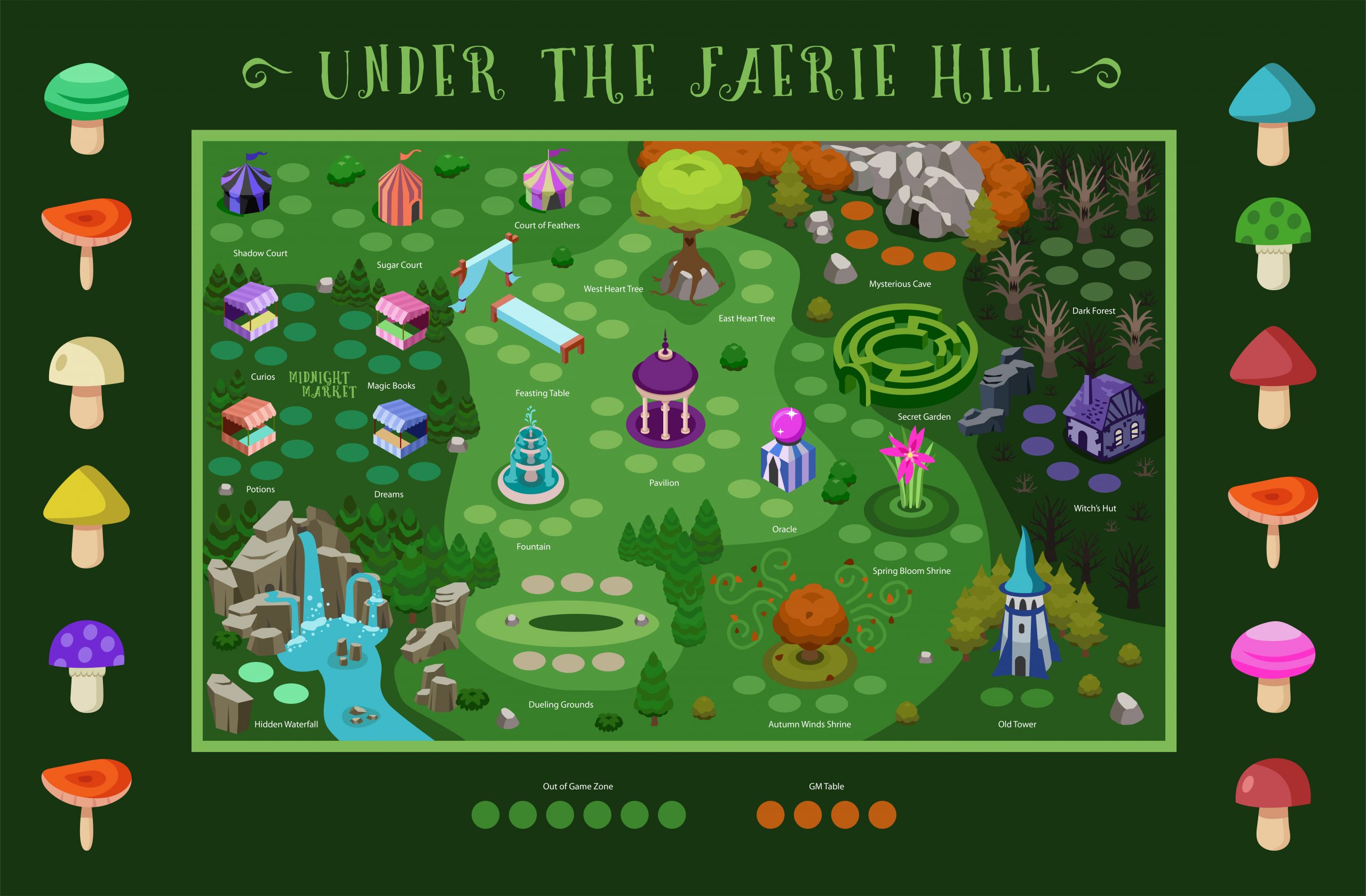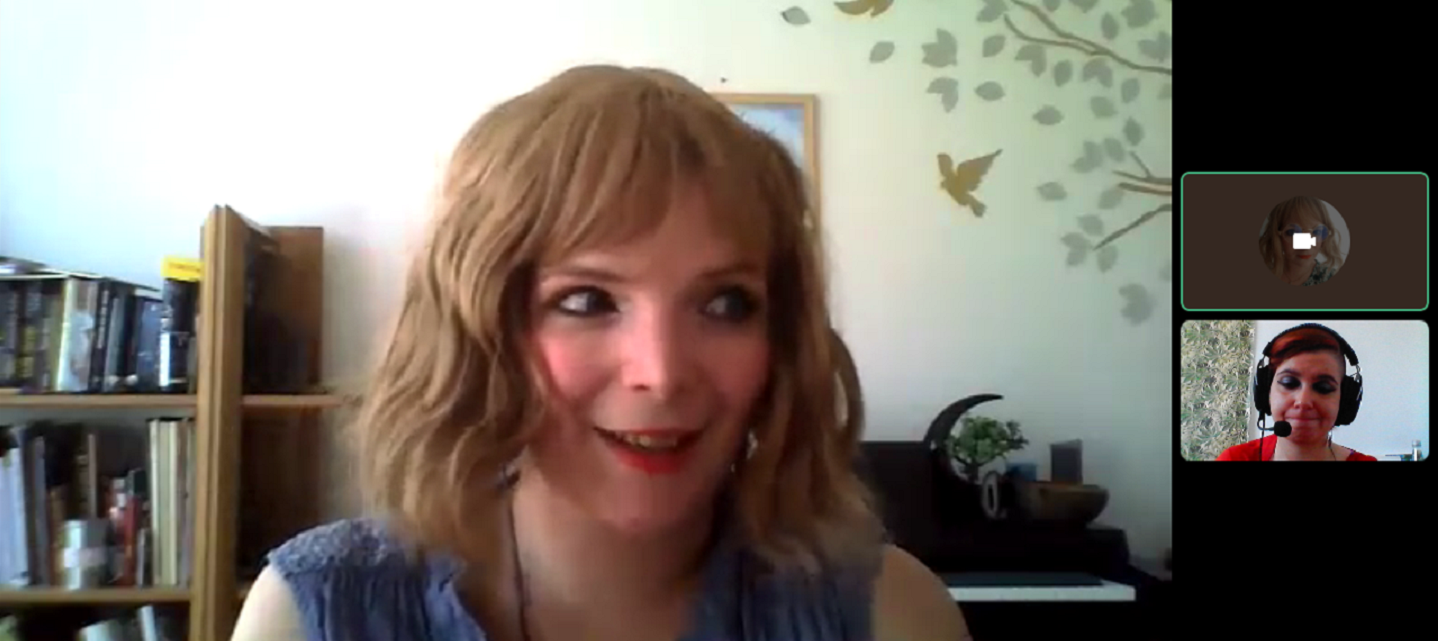Tag: Online larp
-

Writing Live Action Online Games
in
Online larps require different communication tools and design strategies to allow players and facilitators to effectively communicate. But if we use design and technology carefully our online games can bring together people from across the world and explore all sorts of exciting stories and experiences just as well as physical larps do.
-

Together Forever: A Larp about Dating in a Dystopian World
This documentation piece explores Together Forever, an online larp focusing on romantic relationships and dating in a near-future dystopia.